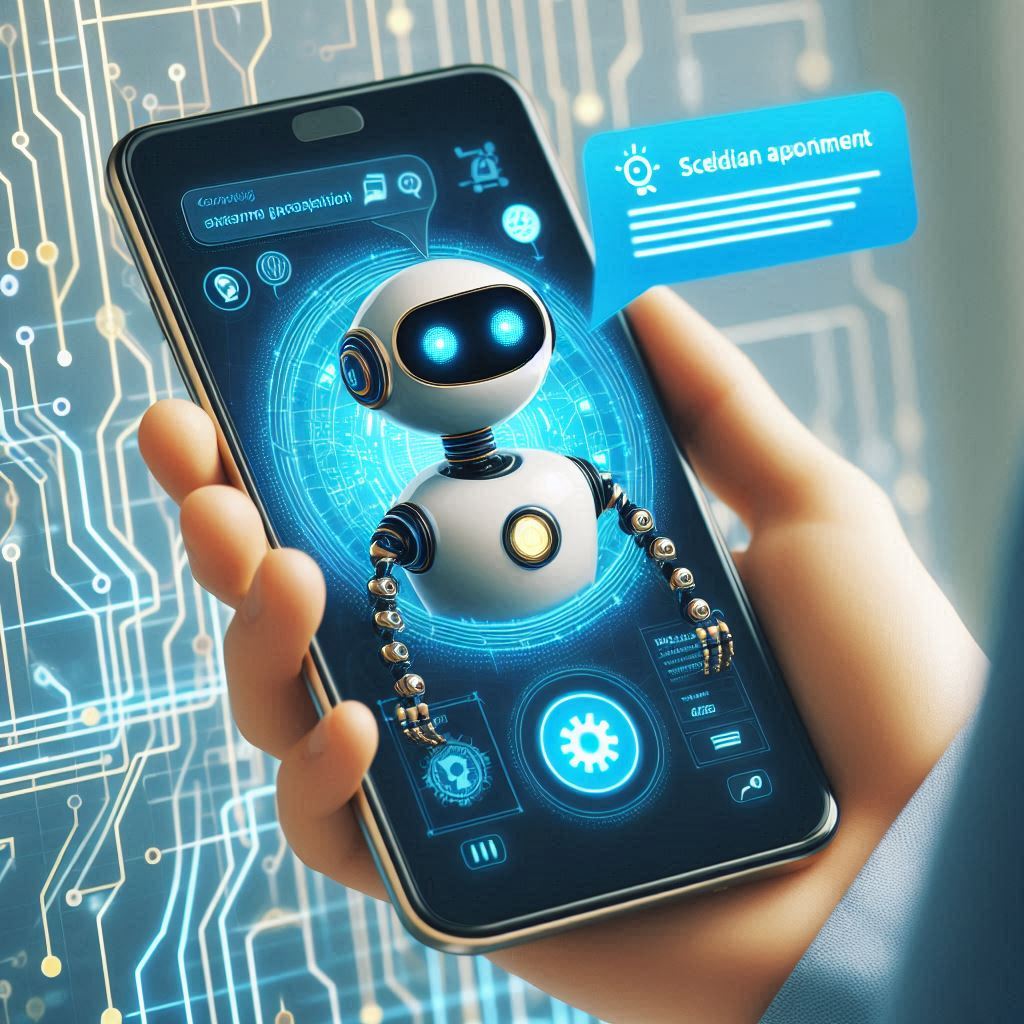Creating a chatbot can empower businesses by providing a sophisticated AI-driven virtual assistant capable of handling various tasks efficiently. Comprehensive chatbots can assess resource quality and levels for each instance, and they can be customized with specific “personalities” to match a company’s desired tone, whether friendly or professional.
At Devoner, we are committed to advancing software development across various fields and industries. Leveraging our expertise in artificial intelligence and machine learning, we ensure each client is paired with a company specializing in building chatbots to maximize productivity.
In this article, we will explore what a chatbot is, the different types of chatbots, and a detailed guide on how to build one, whether for personal use or larger corporate needs. Additionally, we’ll discuss key considerations and essential features to ensure the chatbot operates as intended.
What is a Chatbot?
A chatbot is a computer program designed to simulate conversation with human users using Natural Language Processing (NLP). This technology allows chatbots to understand, interpret, and respond to user inputs in a manner that mimics human interactions based on the available data and resources.
Chatbots can be deployed on various platforms, such as websites, messaging apps, or standalone applications. They can also serve as personalized online help desks, addressing specific questions or redirecting users to relevant pages within a website.
Types of Chatbots
Chatbots vary in complexity and use cases, offering different benefits and features. Here are some of the most common types of chatbots:
- Rule-Based Chatbots
These chatbots follow predefined rules to provide specific responses based on user inputs. The rule-based system uses decision-tree logic to generate appropriate replies based on keywords or patterns. This simple structure is cost-effective and reliable for answering basic queries. - Machine Learning-Based Chatbots
Utilizing Machine Learning (ML) algorithms, these chatbots improve over time by learning from past interactions and user feedback. They can adapt to new scenarios, incorporating slang or trending words into their responses, thus reducing the need for constant developer intervention. - Hybrid Chatbots
Combining machine learning, AI, and rule-based algorithms, hybrid chatbots offer structured responses while being adaptable to common human errors or slang. They start with a comprehensive rule set and integrate ML and AI capabilities to handle complex situations. - AI-Powered Virtual Assistants
These chatbots leverage advanced AI to deeply understand context and learn from user behavior, providing personalized responses and performing advanced tasks such as setting reminders, making reservations, or retrieving information from databases.
How to Build a Chatbot
Building a chatbot involves precise coding and implementation to ensure it functions according to the defined specifications. Here’s a step-by-step guide:
- Define Purpose and Scope
Outline the chatbot’s goals and objectives. Identify the target audience and determine the chatbot’s specific tasks to develop its “personality” and initial responses. - Choose a Development Platform
Select a development platform that supports the required features and integrations. Examples include Microsoft Bot Framework, Dialogflow, and Rasa. - Design Conversational Flow
Plan how the chatbot will handle conversations. Identify key user inputs and define appropriate responses to create an engaging and natural interaction experience. - Implement Natural Language Processing (NLP)
Integrate NLP to enable the chatbot to understand and respond to user inputs in a more human-like manner. Utilize NLP services and libraries like spaCy, NLTK, or Google’s Natural Language API. - Develop and Test
Write the code using programming languages like Python or JavaScript. Test the chatbot extensively to identify and fix bugs and inconsistencies. - Monitor and Adapt
Continuously monitor the chatbot’s performance and adapt to changes to ensure it meets its goals and retains its intended personality and functionality.
Essential Features of a Chatbot
To ensure your chatbot operates effectively, consider incorporating the following essential features:
- User Authentication
Secure user data and prevent unauthorized access. - Personalization
Tailor responses based on user preferences and behavior. - Multilingual Support
Cater to a diverse user base with support for multiple languages. - Integration with External Services
Enable the chatbot to interact with other platforms and perform tasks like setting appointments or retrieving information. - Context Awareness
Maintain context during conversations for coherent interactions. - Analytics and Reporting
Track user interactions, popular queries, and chatbot performance to make improvements. - Scalability
Ensure the chatbot can handle increased user loads and expand its capabilities.
Building a Chatbot: Use Cases
Chatbots can be utilized across various industries, including:
- Customer Support
Provide quick and accurate responses to customer queries. - Information Retrieval
Simplify the process of finding specific information online. - Language Translation
Offer real-time translation services to bridge language gaps. - Education and Training
Assist users in understanding complex topics through interactive learning.
Key Takeaway
Building a chatbot involves combining technical skills, creativity, and an understanding of user needs. Regular updates and user feedback are crucial for ensuring the chatbot remains effective and valuable over time.


